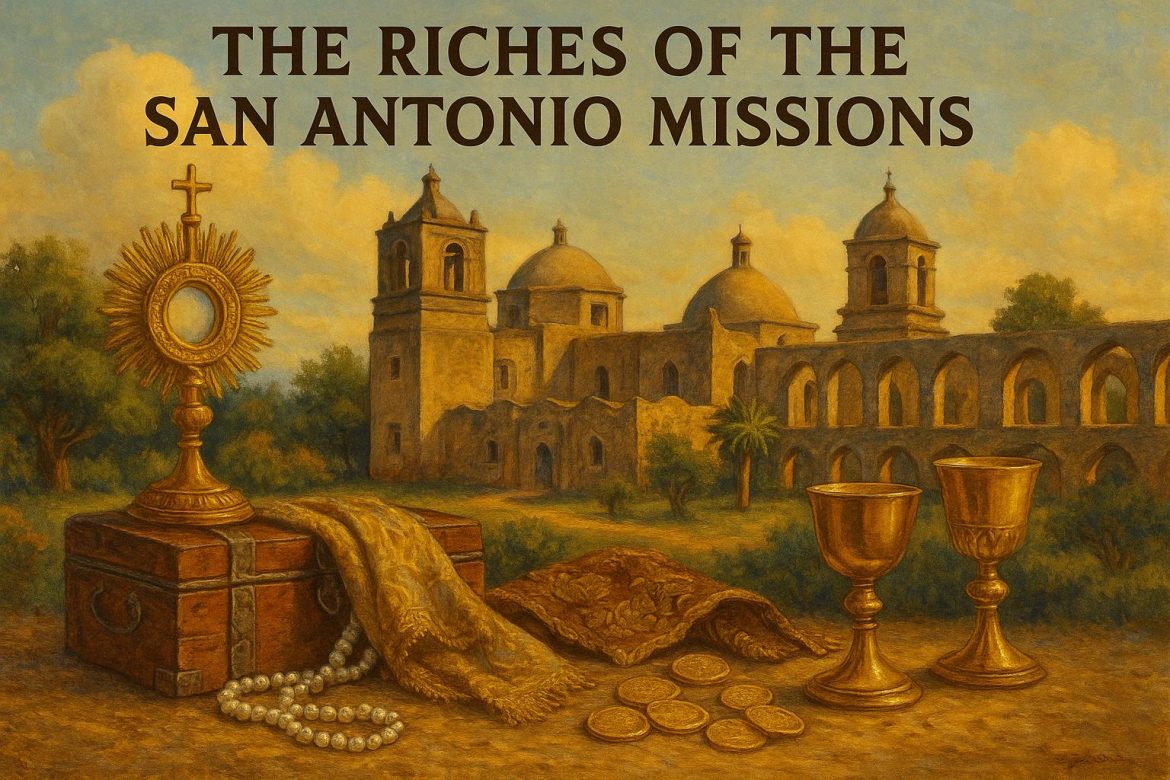The Historical Importance of the San Antonio Missions
The San Antonio Missions, a cluster of five Spanish frontier missions located in San Antonio, Texas, have played a crucial role in the history of Spanish colonization efforts in the Americas. These missions, established by the Franciscan missionaries during the 18th century, were instrumental in Spain’s quest to expand its territorial influence and propagate Christianity among the indigenous populations of the region.
Missions and Their Influence
The San Antonio Missions are an intriguing example of cultural synthesis, showcasing a harmonious blend of Spanish and Native American influences. While the primary objective of these missions was religious conversion, their functionality extended far beyond spiritual endeavors. They served as community hubs and protective outposts against external threats, creating a platform for intercultural exchange. These settlements fostered environments where Spanish and indigenous communities coexisted, sharing and merging aspects of their architectural designs, agricultural methodologies, and artisanal skills.
Key Missions in the Complex
The San Antonio Missions comprise five principal sites, each with its unique significance:
Mission San Antonio de Valero (The Alamo): Arguably the most renowned of the Southwestern missions, this site is historically significant due to the Battle of the Alamo in 1836. Its name resonates throughout American history, and it stands as a symbol of resistance and bravery.
Mission Concepción: This mission is celebrated for its well-preserved architectural elements and original frescoes, offering a window into the colonial era’s artistic and cultural dimensions. Its structural integrity provides invaluable insights into the architectural prowess of the period.
Mission San José: Often referred to as the “Queen of the Missions,” Mission San José boasts an impressive and elegant church that epitomizes the grandeur and scope of the mission complexes. Its architectural finesse highlights the fusion of artistic and functional design.
Mission San Juan: This mission is notable for its focus on agriculture, serving as both a spiritual guidepost and a provider of food and resources for its inhabitants. The emphasis on agriculture reflects the mission’s role in sustaining the local community.
Mission Espada: As the oldest of the missions, Mission Espada is famed for its aqueduct, which remains functional to this day. The aqueduct exemplifies the engineering acumen and ingenuity of the mission’s builders.
For more detailed information on the missions, you may visit the official site of the San Antonio Missions National Historical Park.
Architectural and Cultural Riches
The architectural significance of the San Antonio Missions cannot be overstated. These structures are a testament to the seamless merger of Spanish colonial aesthetics with indigenous cultural elements. The missions are adorned with intricate stone carvings and frescoes, which not only hold religious significance but also act as historical artifacts capturing the interplay between different cultural dynamics of that era. Each mission’s layout typically included essential infrastructure such as churches, granaries, workshops, and dormitories, offering a holistic view of the self-sufficient communities that once inhabited these sites.
Preservation Efforts
In recognition of their cultural and historical value, UNESCO designated the San Antonio Missions as a World Heritage Site in 2015. This acknowledgment underscores the importance of preserving these missions for future generations. Preservation efforts are actively undertaken by various national and local organizations, focusing on maintaining the structural integrity and historical narratives encapsulated within these missions. These efforts aim to ensure that the stories of interracial and intercultural cooperation fostered by the missions continue to inspire future exploration of shared histories.
The Missions Today
Today, the San Antonio Missions continue to function as active religious sites, attracting both worshippers and tourists alike. They are a testament to the enduring legacy of cultural exchange and synthesis that shaped the early Southwestern United States. Visitors to these missions are provided with a profound opportunity to delve into the historically rich tableau of this region. Through tours and educational programs, these sites offer glimpses into the missions’ multifaceted roles as both cultural and spiritual havens.
Conclusion
The San Antonio Missions are far more than mere historical relics; they represent vibrant parts of an evolving community and underscore the multicultural origins that define contemporary American society. By understanding and appreciating the intricate tapestry of cultural and historical richness these missions exemplify, we honor the past while also enriching our present understanding of cultural synthesis. Through continued preservation and education, the San Antonio Missions will undoubtedly remain salient features of the historical landscape, offering insights into the complexities of cultural hybridity and cooperation that continue to influence modern society.


